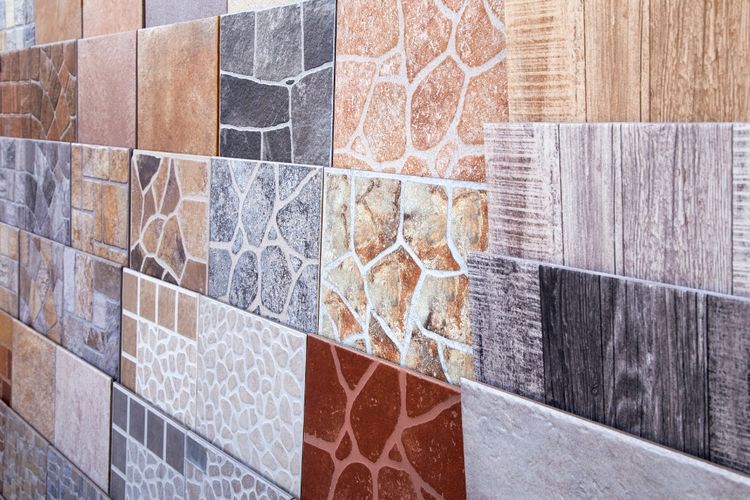PVC Panels for Walls and Interiors: Uses for Bathroom, Kitchen, Home
PVC panels are a practical cladding option for walls throughout a home, offering water resistance, ease of cleaning, and a wide range of finishes. Made from polyvinyl chloride, these panels are lightweight and often used where moisture or frequent cleaning are concerns. Understanding their performance, installation, maintenance, and environmental considerations helps homeowners and designers decide whether PVC panels are appropriate for specific interior spaces such as bathrooms and kitchens.

Wall installation and surface preparation
Installing PVC panels on a wall begins with assessing the substrate. Panels adhere best to flat, dry, and clean surfaces; uneven or crumbling plaster should be repaired or covered with battens. Common fixing methods include adhesive for smooth surfaces and mechanical fixation with screws or clips when using battens. Joints can be tongue-and-groove or sealed with trim profiles. Properly planning cuts, allowances for expansion, and locating studs or battens ahead of time reduces gaps and movement later.
Interior design and style options for PVC panels
PVC panels come in many finishes—wood grain, stone look, gloss, matte, and patterned options—making them adaptable for different interior styles. They can visually mimic other materials while providing lower maintenance. Designers often use panels for accent walls, wainscoting, or full-room cladding. Panels vary in thickness, texture, and edge detail, so sampling and checking color under the room’s lighting is important to avoid unexpected results in an interior scheme.
Bathroom suitability: moisture and maintenance
Bathrooms are a common use case because PVC panels are inherently water-resistant and non-porous, which reduces mold risk when installed correctly. Sealing joints, edges, and penetrations (around taps or fixtures) with appropriate silicone prevents water ingress behind panels. For maintenance, routine cleaning with mild, non-abrasive detergents is usually sufficient. In high-steam or sauna-like conditions, verify the product’s temperature tolerance and manufacturer guidance to avoid deformation.
Kitchen considerations: hygiene and heat exposure
In kitchens, PVC panels are valued for hygienic, wipeable surfaces that resist stains and grease when cleaned promptly. However, proximity to direct, high heat sources (e.g., close behind open flames or high-temperature ovens) can be problematic because PVC softens at elevated temperatures. Use heat shields or place panels at safe distances and follow local building codes. For backsplashes and splash zones, ensure panels and sealants are rated for repeated cleaning and grease exposure.
Home durability, sustainability, and finishes
PVC panels are durable against moisture and many household cleaners, but they can scratch or dent with heavy impact. From a sustainability perspective, PVC is a petroleum-based plastic; recycling options exist but vary by region. New panels can emit low levels of volatile organic compounds (VOCs) until they off-gas; choosing products with low-VOC certifications or industry standards helps mitigate indoor air concerns. Match finish and thickness to the expected wear: gloss finishes show marks more readily, while textured finishes can hide minor abrasions.
Installation, repairs, and local services
Many homeowners can install PVC panels as a DIY project using basic tools, but complex layouts, wet areas, or code-sensitive installations may benefit from experienced installers. Local services can provide site assessment, moisture barrier recommendations, and accurate cutting and sealing for plumbing or electrical penetrations. For repairs, damaged panels are typically replaceable without removing entire runs if profiles and colors remain available; keeping spare panels from the original purchase is useful for future fixes.
Conclusion
PVC panels offer a pragmatic solution for many interior wall applications across bathrooms, kitchens, and other rooms in the home. They combine water resistance, easy maintenance, and a variety of finishes with straightforward installation methods. Considerations such as heat exposure, fire safety standards, environmental impact, and correct sealing in wet zones should shape selection and installation decisions to ensure long-term performance.






